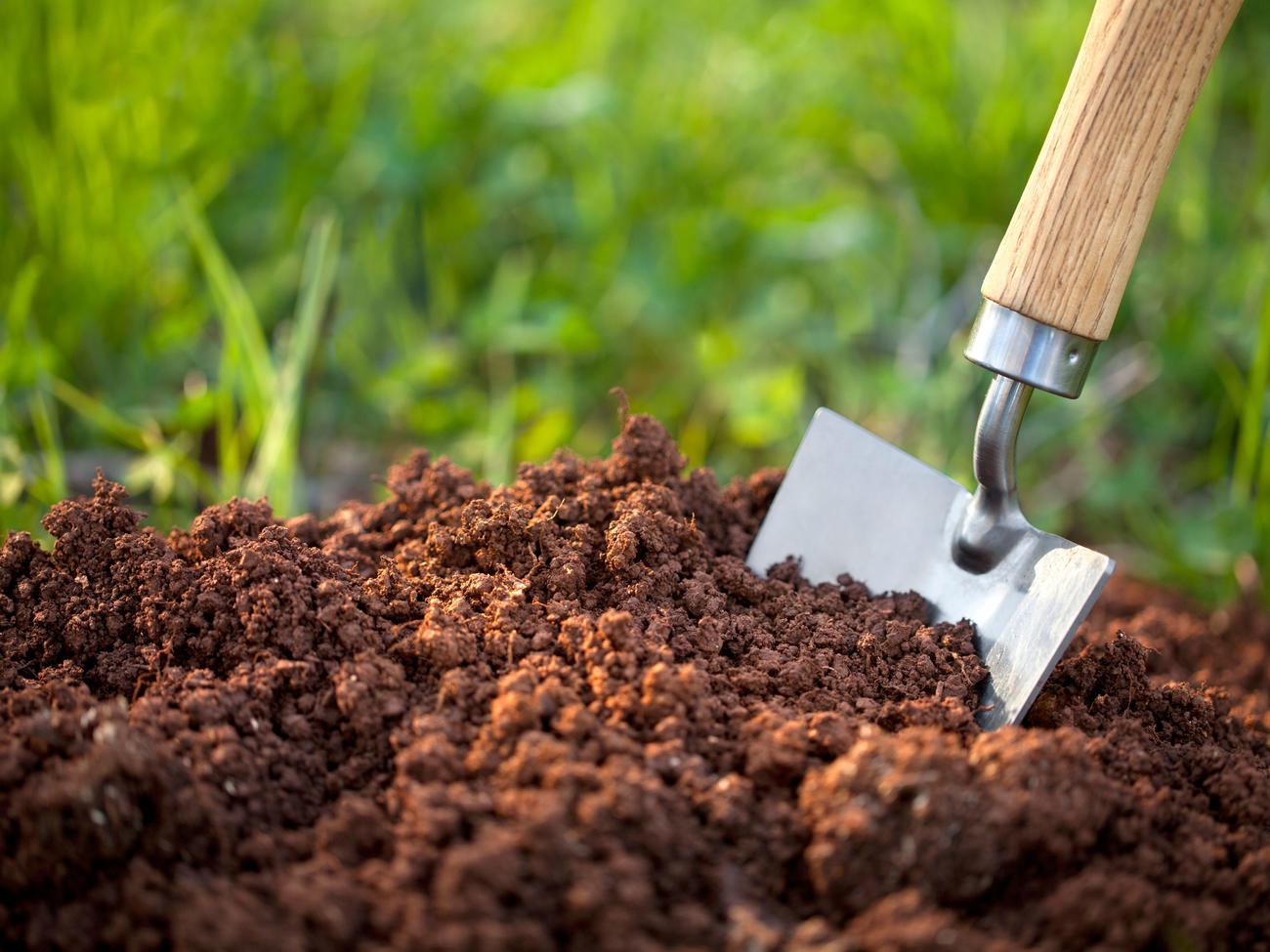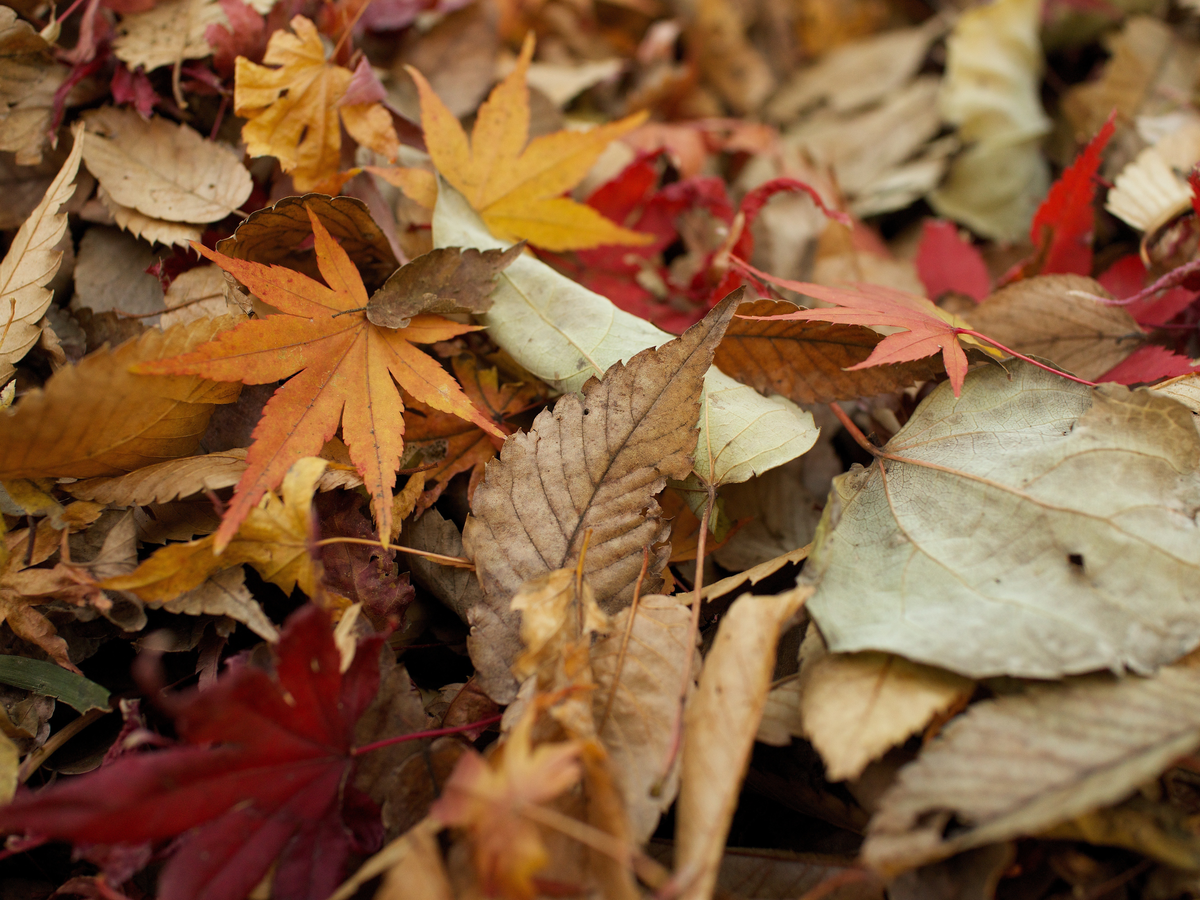
Great Soil Hacks to Give Your Garden a Boost
Improve your garden soil without a compost heap

Getty Images

Leaf Mold
Deep in the woods you’ll see wildflowers and mushrooms sprouting out of dark, rich soil covered in decomposing leaves. For ages, gardeners have learned to replicate this process in the garden. When leaves start to break down, they offer an infusion of organic matter to the soil below, allow the ground to hold more water, and invite a huge population of beneficial organisms to go to town on improving your soil. Even the most urban gardener can usually get her hands on some leaves. Rake from the yard or nearby park, scrounge in your neighbor’s green bin, or scout for big trees before they lose their leaves. Simply cart your found treasure back to the garden, scatter as thick a layer of leaves as you can manage, and wait for nature to take its course.
